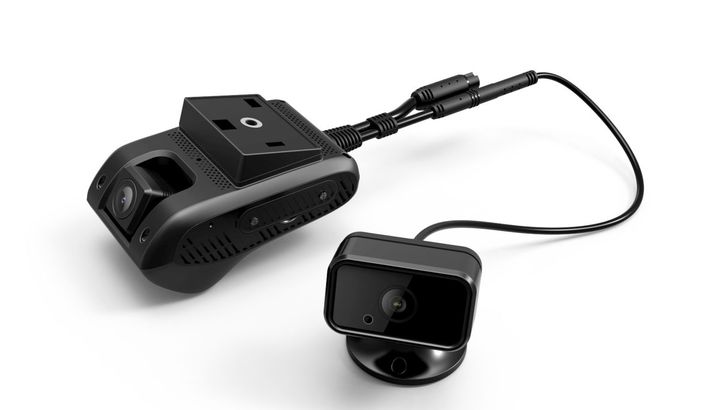Using smart video telematics together with other collision detection, response, and reporting technology allows fleet managers to track a wide range of assets with full visibility.
Driver performance is a major factor that affects the productivity and safety of any fleet. As recorded by the Association for Safe International Road Travel, approximately 1.35 million people die in road crashes each year, and on average 3,700 people lose their lives every day on the roads. These numbers indicate risk remains high, especially for businesses running large fleets.
Fleet Safety: The Cost of Fleet Driver Accidents
The National Highway Traffic Safety Administration (NHTSA) estimates that 94% of all traffic collisions are a result of driver error. But, how do you know what mistakes your drivers are making? Driving behaviors such as speeding, harsh braking, sharp turns, and quick lane changes can put your drivers at risk of getting into a collision. For fleet managers, it can seem impossible to prevent these accidents and avoid risky driver behavior across your entire fleet.
For fleet managers, distractions can turn into million-dollar losses, and the costs of these crashes can permanently damage the reputation of an organization. However, fleet video technology can support companies in their effort to reduce unsafe driving habits by providing real-time tracking and data on driver behavior to deconstruct the incident and improve driver safety.
Relying on irrefutable video data and insights can help modern-day fleets make better, more informed decisions. In fact, smart video can be used to reinforce positive behavior, empowering drivers to be more aware on the road and develop safer driving habits.
Smart Video Gives Fleets the ‘Full Picture’
According to data shared by the American Trucking Associations (ATA), passenger vehicles are at fault in 80% of car-truck collisions. But without any evidence, fleet operators have no way to exonerate their drivers when they are not at fault. While telematics can report the “what” of an incident, video can tell a fleet manager the “why” by providing a complete picture of what happened.
While it’s evident video data adds value, some companies offer regular dash cams that record 24/7 real-time footage, and fleet managers typically have to search through hours of footage to find a moment or incident that took place.
However, smarter, more integrated video technology includes cameras that record and perform analysis at the same time, allowing fleet managers to capture the data they need in the event of an accident.
Today’s intelligent video telematics solutions use artificial intelligence (AI) and machine learning to capture and identify driver behaviors in real-time that might cause a collision, such as hard braking, speeding, hard cornering, and other risky behavior. By leveraging these features, fleet managers can focus on the essential pieces of data, without weeding through endless hours of footage, and helping their drivers become safer and more efficient.
Identifying and Managing Risk
Identifying risk is an important element of fleet management, but the key is prevention. Video data offers insight into driver behavior so fleet and safety managers can gain visibility into individual driver habits as well as trends occurring across the fleet. This information can be used to coach drivers and improve the overall level of safety throughout their fleet whether it’s speed sign violations or tailgating.
Actionable video intelligence takes telematics to another level by being able to distinguish when a behavior is a reaction to the driving environment or risky driving behavior, allowing fleet managers to reward the best drivers.
UPS recognizes drivers who have not had an avoidable accident for 25 years or more through its Circle of Honor program. PepsiCo honors its million-mile safe drivers at an annual awards gala and FedEx recognizes employees after each year of safe driving. By combining comprehensive visibility and valuable teaching moments, fleet managers can coach drivers on safe driving habits to diminish the frequency of future incidents and drive risk out of your fleets.
The Future of Telematics
It’s no doubt that we’re moving toward an increasingly interconnected and demanding transportation ecosystem, a world where multiple forms of behavior-related incidents persist, especially unsafe driving and driver fatigue.
Using smart video telematics together with other collision detection, response, and reporting technology allows fleet managers to track a wide range of assets with full visibility, and provides real-time data on driver behavior to improve driver safety, prevent collisions, and increase operational efficiency.
The result is safer drivers on the road and reduced risk of collisions. It’s not purely the video data that provides value, but the actionable, contextual insights that can be gleaned from a fully integrated telematics solution that keep your drivers safe.
Source: https://www.worktruckonline.com
CUT COTS OF THE FLEET WITH OUR AUDIT PROGRAM
The audit is a key tool to know the overall status and provide the analysis, the assessment, the advice, the suggestions and the actions to take in order to cut costs and increase the efficiency and efficacy of the fleet. We propose the following fleet management audit.




